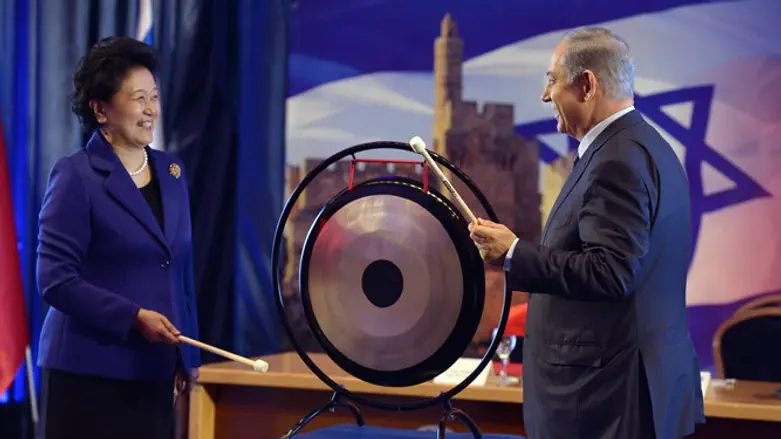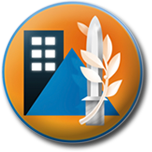
The new international exhibition, entitled “Bronze Age Mesopotamia and the Chengdu Plain”, will open Oct. 21 in China for about six months. The exhibition focuses on the two ancient civilizations that developed at the opposite extremities of Asia: Mesopotamia in the Middle East and the East Asian Chengdu Valley. Each of these civilizations had a decisive influence on the development of their entire respective regions, East Asia and the Middle East.
Separated by around 3,400 miles, both regions witnessed a development of rich cultures. Despite the great distance, one cannot fail to notice the great similarities between these civilizations. In both, cities sprang up near water sources and became political centers controlling smaller settlements in their vicinity, governmental and religious institutions were established, and magnificent royal temples and palaces were constructed. The cities' residents communicated with each other using scripts made up of various signs each of which represented a syllable or a whole word. In addition, in the two distant regions, impressive bronze objects have been found which were used for religious ritual and characterized the period between 3300 and 1200 BC, known by scholars as the Bronze Age.
The objects displayed in the exhibition include 15 artifacts on loan from the Bible Lands Museum Jerusalem. Through these objects – cuneiform tablets, cylinder seals, and a statuette made of precious blue lapis lazuli – visitors will discover the way of life, the royal institutions and the rituals that characterized the ancient Mesopotamian civilization. In addition, the exhibition will include dozens of artifacts on loan from various museums in China and from the Yale Peabody Museum in the United States. The artifacts have been specially assembled for the exhibition, to offer visitors a comparative view of the Bronze Age civilizations of Mesopotamia and of the Chengdu Valley in China.
This is the first collaboration of its kind between Israel and China. It raises fascinating questions about the character of the ancient civilizations in different parts of Asia and about human history in general. Perhaps most importantly, the exhibition demonstrates that despite all we may learn about the cultural gaps between civilizations, especially between East and West, at the end of the day, there are more commonalities than differences.
Bible Lands Museum Director Amanda Weiss stated:"The Bible Lands Museum Jerusalem is a unique museum of ancient civilizations, presenting the history of the lands and civilizations mentioned in the Bible in relation to the development of the biblical narrative throughout the generations. The goal of the Museum is to connect each individual with their own heritage through the treasures on display. Welcoming visitors of all faiths and nationalities, it brings the universal narrative of the development of civilization to audiences through exhibitions, educational and cultural programs. The BLMJ is a universal center of education and culture and we are excited to take part in the first international exhibition dedicated to ancient civilizations in the Sichuan University Museum."
"This exhibition provides a wonderful opportunity to extend the limits of our knowledge, to create a dialog between different cultures, to observe the traits they had in common in the past, and to forge fruitful co-operation in the present."
